
Health experts agree on one thing: too much sugar in the diet can be harmful for your health and waist line. According to Harvard Health (1), the average American gets at least 10% of daily calories from added sugars. However, some research suggests getting about 25% of calories from added sugar can increase risk of death even if you aren’t overweight.
If you are trying to lose weight, the first step is to cut out extra sugar in your diet. Does this mean you can’t have dessert ever while you’re trying to lose weight? Not necessarily.
It can still be possible to enjoy a dessert option as part of a healthy diet as long as you follow some of these guidelines.
Avoid total sugar bombs
First thing’s first: if you’re trying to eat healthier and lose weight, avoid dessert foods and drinks that are pretty much pure sugar. Examples include: soft drinks, lemonade, juice, candy, commercially produced baked goods, etc.
Cutting out liquid sugar is beneficial anytime, as liquid calories tend to add up quick. Other desserts you crave, like brownies, cake or cookies can be made in a healthier way if you want to occasionally have them as a treat.
Avoid eating desserts that are already pre-made in stores, as they are more likely to be high in sugar and overall calories.
Small piece of dark chocolate
What if you could indulge in a rich tasting dessert that satisfied you with just a small amount and was also a good source of antioxidants and may even have heart health benefits? This of course would be dark chocolate (2).
Even though pure dark chocolate is higher in fat, the type of fat it contains has been shown to have a neutral effect on cholesterol.
Remember health benefits of chocolate are primarily from dark chocolate because it has the highest cacao content. Milk, white or chocolate with gooey centers are primarily sugar with little health benefit. In general, the higher the cacao amount, the better health benefit.
Keep in mind the health benefits of dark chocolate doesn’t give you free reign to eat as much as you want. Eating an ounce serving of dark chocolate a few times per week can be a way to satisfy a sweet craving but still be doing your body a favor.
You may think a small serving of dark chocolate won’t satisfy your sweet craving because dark chocolate is fairly bitter. However, as you cut down on regular sugar intake, your taste buds will adapt to preferring less sweetened things. Savoring the bites of dark chocolate can be very satisfying because it is so rich.
Added bonus with dark chocolate: pair with some fruit. For example, dark chocolate covered strawberries can provide health benefits of dark chocolate plus even more antioxidants from berries.
Get creative with fruit
What is the most common answer for a healthy dessert? Fruit. Fruit naturally has sugar in it, but fruit also provides fiber, antioxidants, vitamins and minerals. Maybe snacking on a raw apple isn’t your idea of a dessert. Don’t worry: you can create a fruit dish many ways to make it taste like a real dessert.
Baking fruit, like apples or peaches, can offer a dessert that tastes like a fruit crisp or pie. Skimping the crust or sugar topping makes a dessert healthier and an easy low calorie option.
You can even toss sliced apples in a slow food cooker with some water, raisins, walnuts and spices to get an easy, healthy apple bake.
When berries are in season, eating a small bowl of them can be very satisfying for a sweet tooth because fresh berries are so naturally sweet. They can be very satisfying because they are also high in fiber.
If you want a refreshing sweet drink, make a smoothie with different kinds of fruit (and vegetables!). Pre-made smoothies can be extremely high in sugar, but if you have a high power blender you can easily make your own healthy smoothie.
Dehydrating fruit can also provide a sweet treat that is nutritious. Baking thin slices of fruit or putting fruit in your own dehydrator can provide a natural source of a fruit leather or like a fruit roll up.
You can even put frozen fruit, especially in the freezer, and blend into the consistency of ice cream. There are many recipes you can find online that will provide how you can use frozen fruit and make it like ice cream.
Greek yogurt parfait
Pairing fruit with a higher protein source can be a satisfying snack, light meal or dessert option. You can layer fresh or frozen berries, bananas and plain Greek yogurt in a small dish or cup.
Sprinkle on the top some crushed nuts or a little bit of natural granola for some added texture.
Parfaits already made can be really high in sugar and total calories, but by making your own, you can control the added sugar amount and still get a satisfying parfait. Because you are pairing fruit with a protein source, eating something like a parfait can help keep you satisfied for a long time because of the combination of fiber and protein.
A parfait could even be a naturally sweet option for breakfast or a light lunch.
Time your sweets after a workout
It’s important not to overindulge with food just because you are exercising. We tend to over estimate how many calories we burn during exercise, and it can be easy to fall into the trap of justifying a larger “reward” with food after exercise.
That being said, if you work out before just before you’re going to eat a meal, the carbohydrates you eat afterwards are more likely to go straight towards building up your carbohydrate stores in your muscles instead of getting stored as fat.
This is especially true if you have done a very long or hard work out.
Portion control is still important no matter when you are eating. However, if you are going to indulge in a small serving of a dessert, doing so after a workout could help redirect the food to building up your glycogen stores instead of getting stored as fat.
Desserts for special occasions
Can you still eat some of your favorite sweet treats while on a diet? It can be possible.
For some people, totally cutting out all sweets may be necessary if only short term. However, for some people totally cutting out sweets could have a reverse effect by increasing risk for binge eating down the road. It may also cause obsession with thoughts of food which is not healthy.
By allowing yourself to have a small treat occasionally, you may be more able to enjoy just a small amount but not feel the need to eat a large quantity.
What time frame is considered an occasional treat? That may be best decided with a nutritionist or health coach.
What if you have a birthday or holiday party coming up while you’re trying to lose weight? Plan around it. A special occasion, like a birthday, can be worked into your weight loss plan. Maybe you don’t eat any sweets for a certain period of time before hand or you commit to increasing your exercise the week leading up to the special event.
Food should be enjoyed, not feared. If you want a special indulgence, enjoy a small serving and don’t feel guilty about it. Enjoy it, eat it slowly. Eat healthy and enjoy a healthy lifestyle habits around it.
If you are struggling with portion control and eating large quantities of sweets, consult with a health expert or dietitian for more individualized coaching support.
Recipe substitutions
Do you love your mother’s cookie recipe or a friend’s chocolate cake recipe? Chances are you could still enjoy these sweet treats occasionally and make them healthier. Even with recipe substitutions, sweets should still be enjoyed occasionally, but substitutions can help improve the nutritional profile of some of you or your family’s favorite sweets.
Some examples of recipe substitutions (3):
-Change out part of plain white flour for whole wheat flour or even try almond four. This may take some experimenting to get the right ratio, but by substituting some of the white flour you are increasing the fiber and nutritional value of a recipe.
-Change out up to half of called for butter or oil amount for pureed avocado, applesauce or prune puree. A bonus with substitution with applesauce or prune puree is that by adding something naturally sweet you can also lower the sugar amount of a recipe.
-Substitute cream in a recipe for low fat Greek yogurt. This will increase the protein content and lower the fat.
-This one needs no substitution: reduce the sugar amount in a dessert recipe by up to one half the amount. Maybe start by cutting back one fourth of the called for sugar amount, then cut it back again next time you make it. Chances are no one will even notice!
-Brownies: try adding black beans to your brownies in place of some flour. Don’t have a recipe? Simply look up “black bean brownies recipe” and you’ll find many recipes available on line.
Don’t keep your favorite sweets in your house
It’s simple: if you’re tempted by the sweets on your counter or in the refrigerator, don’t keep them there. The easiest way to resist tempting to you sweets is to keep them out of sight and out of your house.
If you have a party or have leftovers of something you made, give them away or put them in the back of the freezer. If other people are in your house/living area or work space, put the sweets in a place that is out of sight.
If you don’t constantly see it, you’ll be less likely to reach for it. If the sweets are not yours, ask your housemate, family member or co-worker if they can kindly move their food to a space that’s out of sight.
Make it count: cut out sugar where it’s not needed
Added sugars are in most commercially bought food. Sugar is a cheap filler and flavor enhancer, so it’s added to most foods. Sugar can hide under many names, and it can be found in ingredient labels for frozen meals, peanut butters, cereals, breads, sauces, condiments, etc.
Look for ways to cut out added sugars you are getting from foods that don’t need sugar. That way when you do occasionally indulge in a sweet, it won’t be on top of the already added sugars you’re getting from unsuspecting foods.
Conclusion
Besides cutting down excess sugar and eating a wide variety of real foods, there is no one standard approach to the “right” diet for weight loss. Small amounts of desserts can still be part of a weight loss diet; quantity of sweets and overall lifestyle habits are important factors.
Occasional indulgences for modest portions of sweets can be part of a diet, as long as they are not the norm. You can also make most sweets healthier by doing some simple recipe modifications.
Choosing healthier sweet options can be an approach to satisfying your sweet tooth. Fruit can be prepared many different ways, without adding sugar. Since fruit naturally has sugar, there’s little you need to add to it to make into something dessert like.
If you’re eating an occasional treat, when you eat it could also influence how it affects the body. Eating something sweet after your muscles glycogen stores have been depleted from exercise can mean the carbohydrates from this food are most likely going to go to rebuilding muscle stores.
Lastly, cut out added sugars where you can. Unfortunately, processed and packaged foods are sources of added sugar even if they are savory foods. Cutting out these sneaky sugar sources can be beneficial for health and weight goals.
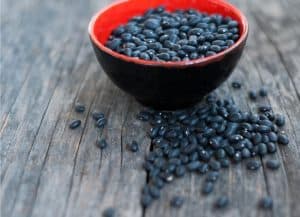
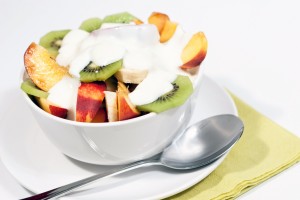
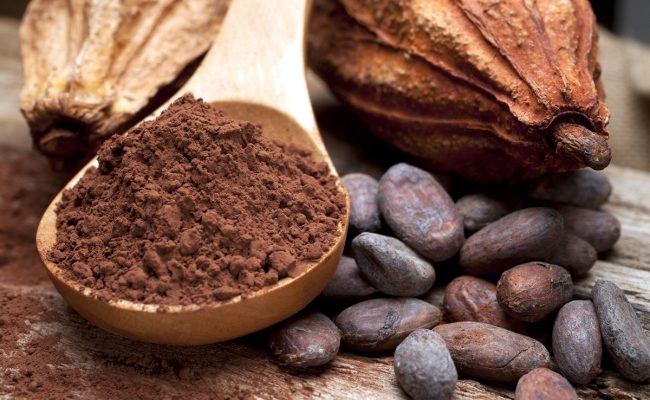

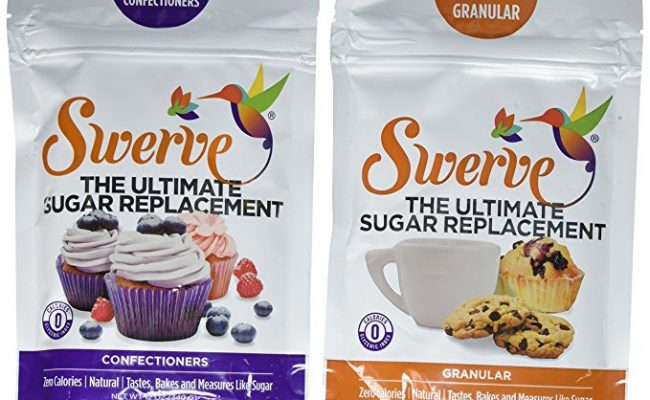



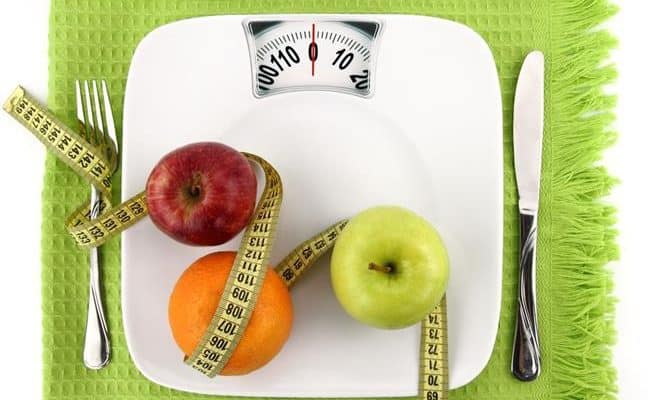




Freya Osborne says
Really great article. I don’t think dessert can reduce weight before.
Anyway, thanks for sharing an awesome content.